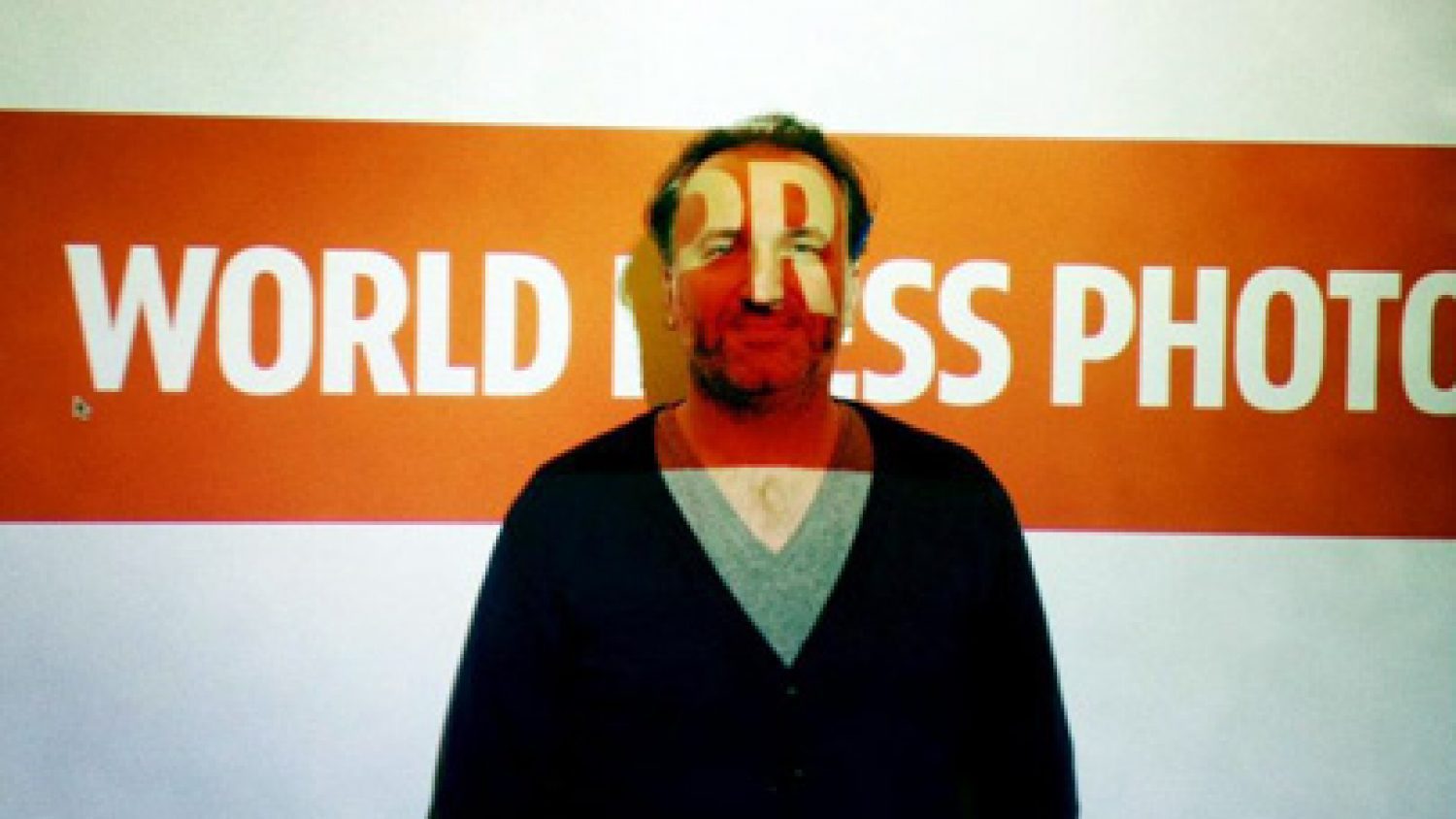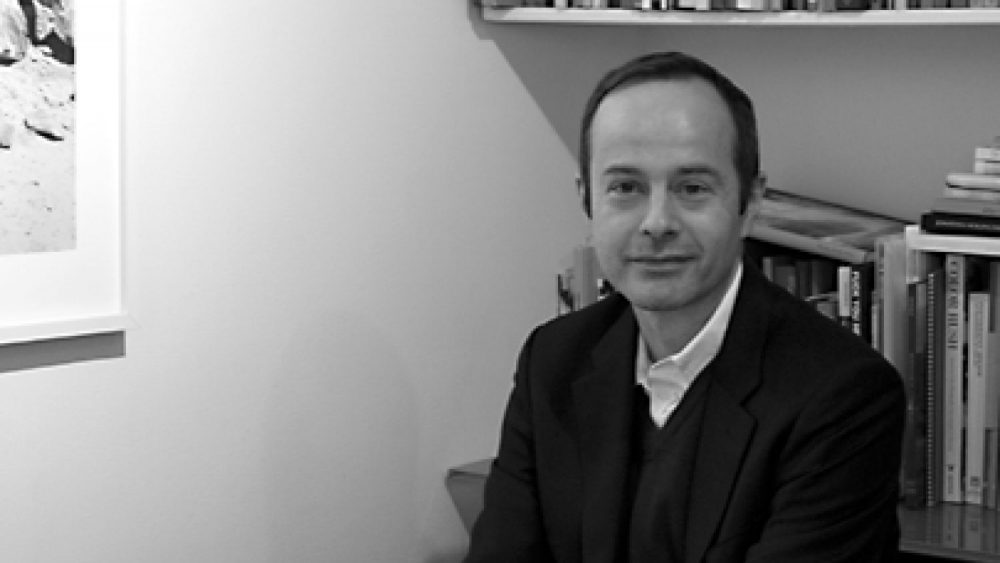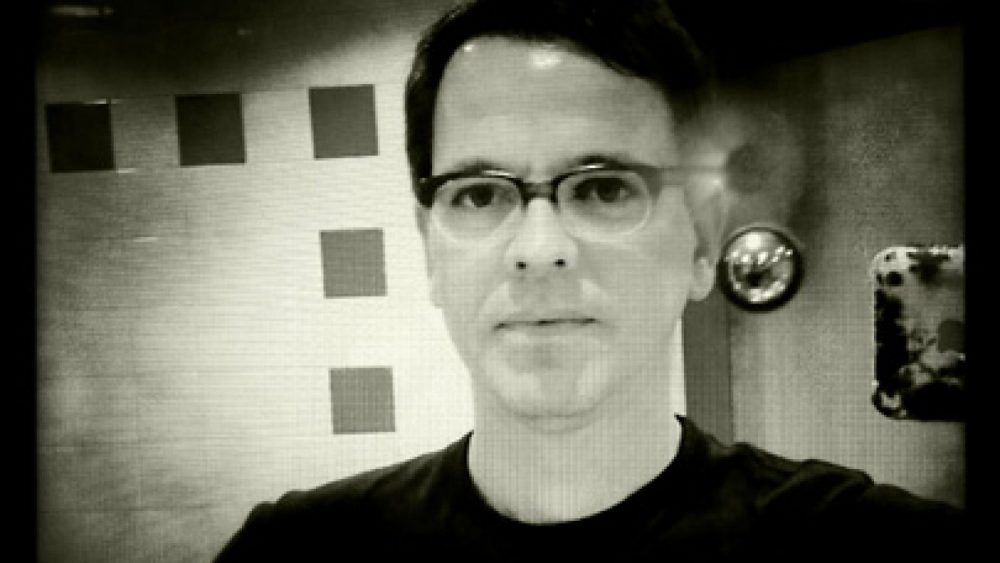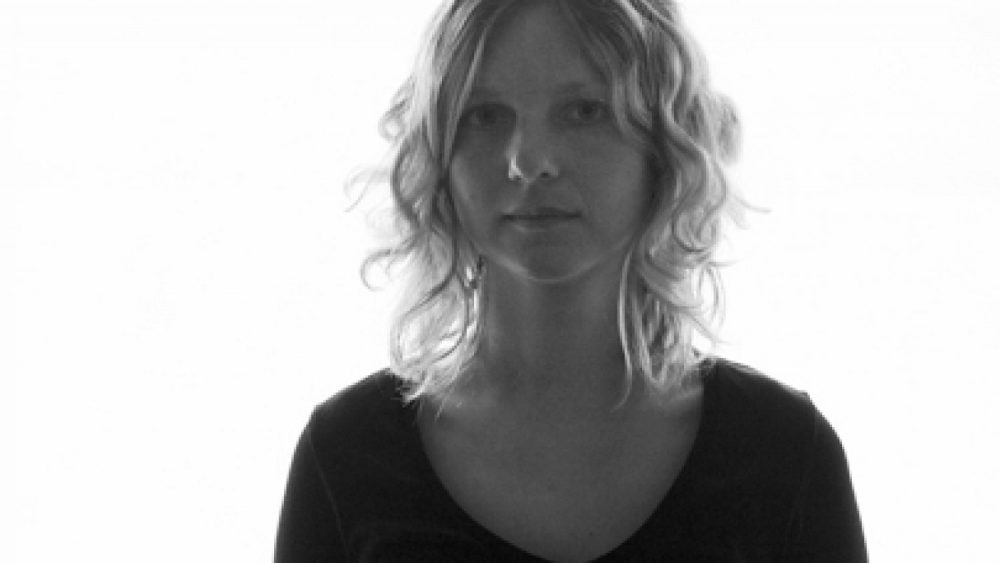Behind the scenes of World Press Photo
On 10 February the winners of the annual World Press Photo photojournalism contest were announced. From more than 100,000 photographs sent in this year, the main award was taken by Spanish photographer Samuel Aranda with his depiction of a woman holding an injured relative in her arms during the armed conflict in Yemen. Over the following days, the photograph earned both praise for its painterly and emotional representation of the Arab Spring, as well as criticism – a similarity with the Pietà motive, or the lamentation of Jesus, of Christian iconography was perceived, and some accused the image of an overly westernized view of the Islamic world. The contest is no stranger to controversy. Last year, for example, discussions were raised by photographer Michael Wolf’s series, created using Google Street View. The borders of photojournalism were also put to the test this year in Simon Norfolk’s Burke + Norfolk story which took the 3rd place in the Portrait category. The documentary series consists of Norfolk’s own portraits of contemporary soldiers, juxtaposed with images taken by the 19th century British war photographer John Burke – the first photographs ever taken in Afghanistan. Among prizewinners is also Riga-based Alexander Gronsky.
While the yearly contest is the World Press Photo (WPP) organization’s most widely known activity, it is not the only one. In connection with the award, a book in seven languages is published every year and exhibitions are held in approximately 100 countries. Additionally, WPP organizes photography education projects in developing countries, as well as the annual Joop Swart Masterclass attended by especially invited young and promising photojournalists.
The Contest Coordinator Micha Bruinvels has been working in the organization since 2000. Our conversation takes place in its Amsterdam headquarters on a late January evening; next door the jury has just finished an intensive day’s work on the first round of judging. I was there working as part of the registration team who helped the staff tackle the 101,254 images sent in this year, and it was also a great chance to take a peek behind the scenes of the organization’s work. During this crucial pre-result period a few consecutive weeks of 12-hour working days are nothing unusual for Micha, but this does not interfere with his enthusiasm in talking about the activities of World Press Photo. We discussed the contest’s past, present and what to keep in mind for any photographers considering taking part.
Why was the World Press Photo established specifically in Amsterdam?
The contest was founded here in 1955, ten years after the war, when the Netherlands was rebuilt and everybody started to look over the borders again. Photographers wanted to be inspired and the Dutch photojournalists’ union organized the contest for their 25th anniversary. 300 pictures were entered by 42 photographers from 11 countries – they called it the World Press Photo, created an exhibition of the work in a very famous art club and chose the very first World Press photo of the year by Danish photographer Mogens von Haven.
Is there a reason why WPP’s only office is still located here, even though it is such an international organisation in its scale?
It really is very international… but as to why it’s still here, well, it survived the Cold War. It was one of the only organisations during that period where Western and Eastern photographers could come together and talk about photography. The beautiful thing – why we were able to remain alive – was because photography was taken above politics and that’s what you still see – what these guys have is a common language, and it doesn’t matter whether you’re from Africa or from Europe, South America or Japan. Everyone is able to read the pictures and tell whether they are good or not. The language of the image is most important and it stands above the political or cultural differences. The Netherlands is quite a small country, and not that important politically, so that helped. Nowadays, the organisation is so international that in the Netherlands no one actually knows it is Dutch. A lot of people expect that it operates throughout the world; even though we have only one office where 28 people work. Of course, the organisation does operate truly globally, and with the internet, you’re not dependent on where you are anymore – you’re everywhere. So, at the moment I would say that our location in the Netherlands is not that important. But we have gained a reputation over 57 years.
Tell me how you got involved in the World Press Photo and what your role here is.
That’s actually quite a funny story. To start with, I wanted to study history, but I was under pressure from my family, who told me, “No, don’t study history; you’ll end up being a teacher!” They thought I should study something better, so later on I could earn enough to support a family and so on, blah-di-blah. So I studied economics, and worked for the first few years in that field. I actually introduced the euro at a company in the Stock Exchange. But I was still, as they call it in the Netherlands, really ‘news-horny’ – even while I was working in high finance, I was always checking the internet and television for what was going on in the world. I had to read the financial newspaper though, which I was totally not interested in. So when a position came up at the World Press Photo, I applied and wasn’t even invited, which I was disappointed about. But later on they did call me about another job opening, and, of course, I was still interested. I had three interviews, and with the second interview I fell in love with the World Press. I mean really – I even had butterflies in my stomach. That was in 2000 – I went from working in finance to an NGO and it was the best step I ever took – and I ended up with people who had all studied history, just like I would have liked to. I am responsible for the complete contest, which I’ve been running now for 7 years, in which we’ve brought it from analogue to digital and now to the web.
How did the process of change occur? Can you pinpoint specific moments when you realised – OK, it has to become digital now, or it should all move to the web?
Things changed. In 1997 the first digital photograph was entered in the competition. When I started in 2000 about a fourth of all the images were digital. It’s important to remember that digital is quite cheap. Entering slides or prints is expensive, since you have to buy the film, process it, print it really well and then send it by post. When the digital age arrived, people started entering more and more pictures and in a few years the digital took over. When I started, we had 150 thousand entry forms, which we distributed around the globe and then people had to send them in. It took us about four weeks to process all the applications, almost twenty-eight days in a row. These days, even though it’s a hundred thousand images, it’s more like two weeks and then the work is done – you can actually go to sleep. So the progress has been quite nice. In 2006, we did a test with 150 professional photographers, asking them to enter their pictures through the internet. Afterwards, we asked them how it had worked in a questionnaire. And they said, “Man, this is so cool. It would be really great if we could enter this way.” We did it globally. A guy from South America told us he used to pay 50 dollars in postage to get the photographs to us – and now he could do it for free. And it was safer as well. A guy from Russia told me, “Micha, you know, everything is better than Russian mail”. So it made sense, and it was easy. And it’s still free. Because it’s web-based, the great thing is that it’s become a lot more accessible for people in the big countries that have developed over recent years, like Brazil, Russia, India, China. And on the other hand, it was good for us too, because with the introduction of the internet we were really able to apply rules. A story entry can only include 12 images, but in an envelope people sometimes used to put 13 or 14, meaning we had to call them up and ask – since every single person in the contest gets served. Now you’re actually not able to submit more than 12. In 2007 we had the website for the first time, and about 40% of entries were digital – via the internet. That went up to 80% the next year and 90% in 2009, and then we quit – people couldn’t send in prints anymore. And that’s where we are now. More than a hundred thousand photographs – the biggest photojournalism contest in the world.
Only professional photographers can enter the WPP contest. How does the contest remain relevant, taking into account the talk that photojournalism is facing a crisis, and in general becoming more open towards non-professionals?
In think photography is in fact more relevant than ever, since everybody is taking pictures now. Photojournalism is really becoming relevant. Four or five years ago we introduced the Special Mention category, honouring a picture that would not usually be allowed, since it was made by a non-professional photographer, but that was really important in terms of the news year. That’s a way to pay recognition to citizen journalism. Last year we also introduced the multimedia contest. Since many photographers are now filming or using other media as well, it’s not just about a single printed image anymore. We also have plans to change more things about the contest in coming years.
How did you decide to open the multimedia contest?
Photographers actually pressured us, since multimedia had become more relevant. They told us, “Guys, you should have a multimedia contest”. We are an NGO, we’re independent and we have two goals – to support photographers and to promote photography. No politics, it’s all about photography. And when the photographers ask us to do something, we should really act on it, since we represent them. We try to reflect what’s happening in the world of photojournalism.
How is the jury formed, and does it change every year?
Yes, the jury changes every year, although we always have at least one or two people from the previous year, since it’s important to have someone who knows what’s going on with the process and possible things that could come up. We try to represent the whole field of photography, so geographically there are people from the hotspots – New York, London, Hamburg – but we also want people in the jury representing South America, Africa, Asia, Australia… And although only a small percentage of photographers are female, there are actually a lot of women in the field of photography. Stern, Time, as well as the New Yorker and the New York Times – all these major publications have a woman as the chief editor or the director of photography. So, for our contest, we really look for a gender balance. Besides that, everybody needs to speak English, obviously. We also have specialised juries for the Portraits, Sports and Nature categories, made up of experts in these fields. We have managing directors from agencies, photographers, photo editors, festival directors, curators, gallery owners – we really try to represent the field of photography vertically and horizontally.
You said before that it’s all about photography, not politics, but do you think that photojournalism can still have an impact on global politics or social issues?
Of course. More and more people understand photography, since everyone is taking pictures – with their cell phones, too. More pictures are being uploaded than ever. Twitter is really important. It’s not elite anymore – everyone is doing it. While before there were prints that were published in newspapers and magazines, now photography is being used everywhere – on the web, in multimedia, in films… It has actually become a bigger part of our common life than ever before.
But isn’t there a danger of oversaturation? With so many images, can any of them have an impact anymore?
I still think there is an impact, although there are two ways. Most of the ‘spot news’ or single pictures from really heavy events will be brought in by citizen journalists, because they’re actually there on the street. The more in-depth stories, however, the documentary stuff will come from photojournalists, since a story needs to be told and it needs to be researched. The storytelling will remain with the photographers.
Do you have a favourite image from the past couple of years of the contest, or one with a story you’d like to share?
(Long pause) No. The great thing about working at the World Press Photo is that I am facilitating people whom I admire very much to receive awards. For me, that’s the best thing professionally – that I get paid to do so – wow! Since I myself probably don’t have the talent to see or the guts to do what they do. Over the years I’ve got acquainted with a lot of photographers and some of them are actually the best guys in the world. In the end that’s more important to me than a single picture.
What would your advice be to photographers wanting to take part in the contest, from Latvia, for example? What makes a good entry?
If you enter, your work is shown to the best of the best. And the World Press Photo is a kind of family. Becoming involved in the World Press Photo is a great way to become part of the photojournalistic community. It’s quite an easy way too, since entering the contest is free. A good entry is something you believe in. Do not copycat, really believe in your own work and enter when you think it’s worth it. Only enter if you think you can win! It’s not the Olympics where participation is more important than winning. Here winning is more important, in the end. But if you participate, you become a part of the community.



